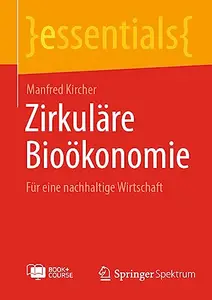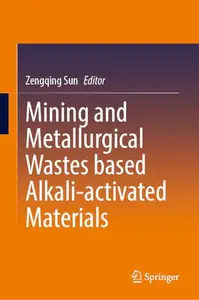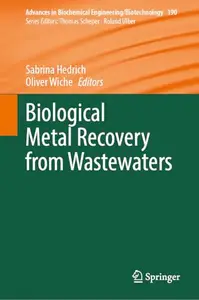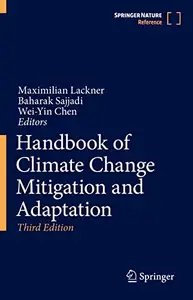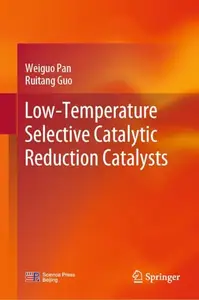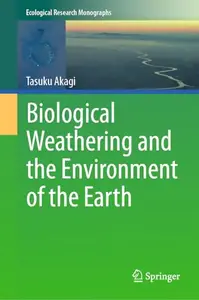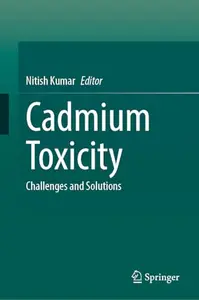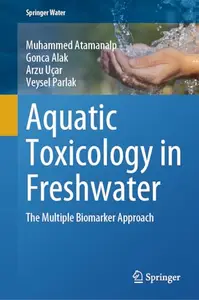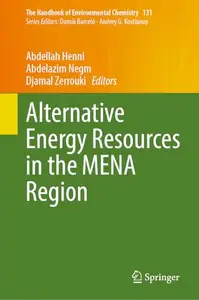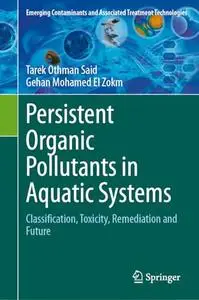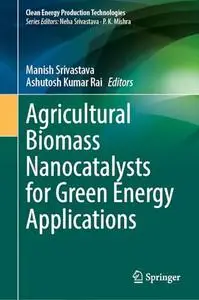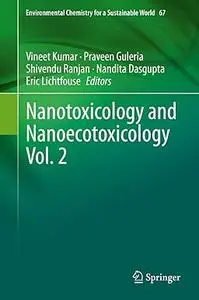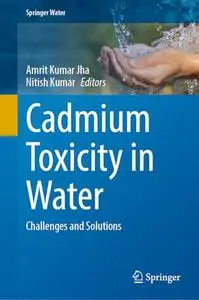Mining and Metallurgical Wastes Based Alkali-Activated Materials by Zengqing SunEnglish | PDF EPUB (True) | 2024 | 306 Pages | ISBN : 9819762847 | 60.8 MB
This book reviews the recent scientific developments on mining and metallurgical wastes-based alkali-activated materials (MMWAAMs). Enormous quantities of solid wastes are generated during the exploitation of ore deposits and the subsequent processing for materials, causing serious environmental problems. Alkali activation is one of the robust technologies that converts mining and metallurgical wastes into value-added materials and offers technological solutions for efficient stabilization of toxic components in mining and metallurgical wastes. Herein, this book presents the development of the design, processing routes, and performances of mining and metallurgical waste-based alkali-activated materials. It highlights in detail the relationships between the physicochemical characteristics of the source materials and the properties of synthesized binders. From the durability perspective, both the applicability of testing protocols and degradation mechanisms are also reviewed with significant experimental and modeling work presented. Furthermore, the transformation paths of initially toxic components during alkali activation, partitioning characteristics, as well as the assemblages of solubility-controlling mineral phases are discussed for detailed environmental compatibility evaluation. In addition, applications and perspectives for future directions of mining and metallurgical wastes-based alkali-activated materials are illustrated. By bringing state-of-the-art knowledge, this book appeals to a broad readership, particularly researchers engaged in material and environmental science, mining and metallurgical engineering, and other related fields.


